Do Hummingbirds Migrate? Where Do They Go Every Winter?
Last Updated on
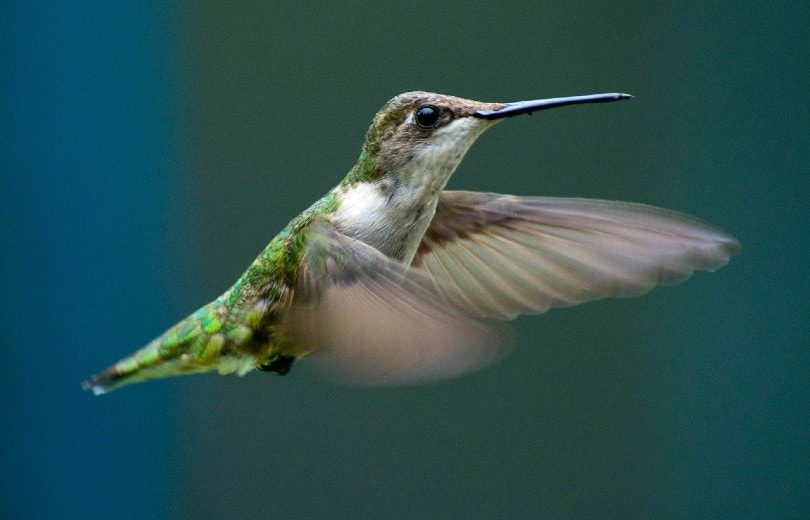
You learn from a young age that most birds flee their nests and head south to stay warm for the winter. Hummingbirds are no exception, and nearly all of them do migrate for the winter. The rare exception to this rule is the Anna’s Hummingbird that stays along the Pacific Coast year after year. With that said, every other type of hummingbird in the United States is tropical at heart and chooses to escape the frigid temperatures for warmer areas like Mexico and Central America.

What Triggers a Hummingbird Migration?
So, when do hummingbirds migrate? Birds are triggered to start their move when they begin sensing changes in the duration of daylight. They’ll also notice that the abundance of flowers, insects, and nectar begins declining. Honestly, these birds have evolved so well that it is mainly just instinct for them.

When Do Hummingbirds Migrate South?
Hummingbirds start their migration in the late summer or early fall when temperatures fall and daylight hours decrease. They only return north to their breeding grounds in Canada and the United States around late winter or early spring.
We know what you’re thinking: Why don’t the hummingbirds just stay south instead of traveling back and forth so much? Hummingbirds return to northern regions because it offers an escape from tropical climates where the competition for food and resources is intense.
The Basics of Hummingbird Migration
For how small these birds are, traveling well over 500 miles is an incredible feat. A hummingbird’s heartbeat increases to 1,260 beats per minute during migration, and its wings flap between 15 to 80 times every second. To support such high energy levels for the migration, the birds gain at least 25% of their body weight before the migration even starts. Most of them fly alone but on similar paths that they’ve flown previously. Even young hummingbirds must navigate themselves without any guidance from a parent. To keep up their energy, the birds fly during the day and continue to search for nectar sources that become more abundant as they move further south. Researchers say that most hummingbirds travel up to 23 miles per day when migrating.
The 4 Popular Types of Hummingbirds and Their Migration Patterns
1. Ruby-Throated Hummingbird
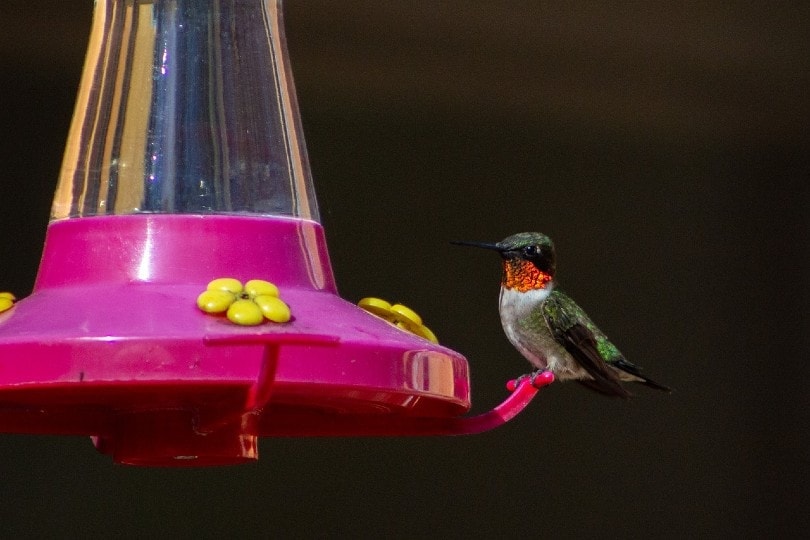
The Ruby-throated Hummingbird travels into the northern United States and southern parts of Canada in the early spring and spends its time breeding during the summer months. The journey back south starts as early as mid-July for some of the adults, although most wait until around late August or early September to depart. Most of these hummingbirds set their destinations to southern Mexico and Central America, although a few remain along the Atlantic and Gulf Coasts.
2. Rufous Hummingbird
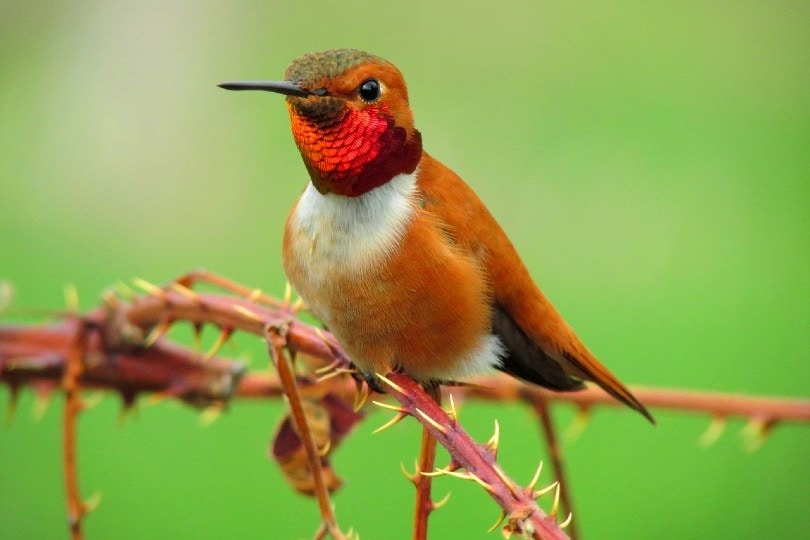
A Rufous Hummingbird makes one of the longest migration trips in the entire bird world. These birds travel a journey that stretches over 3,900 miles long. The whole trip forms a clockwise loop that starts in Mexico, ends in Washington state and Canada, and circles back south through the Rocky Mountains.
3. Black-Chinned Hummingbird
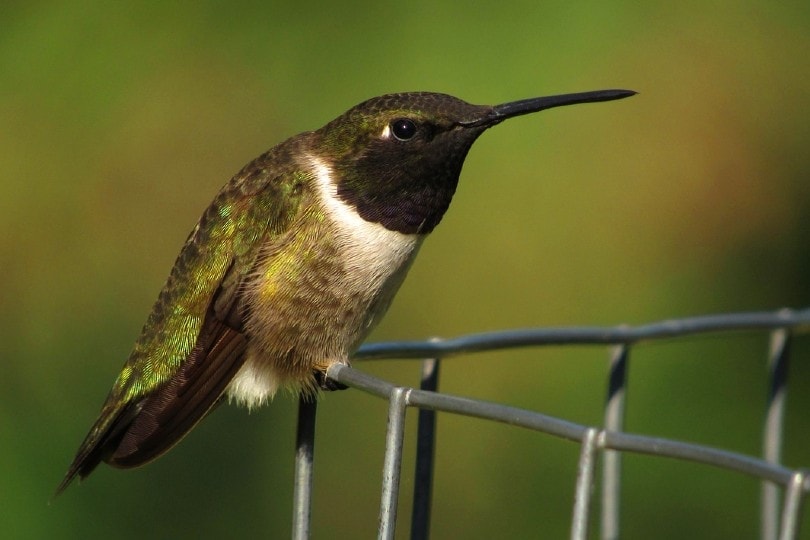
This hummingbird makes up a large portion of the entire population in the western United States. After they breed, Black-chinned Hummingbirds tend to move to higher elevations before they travel back south to western Mexico or the Gulf Coast.
4. Allen’s Hummingbird
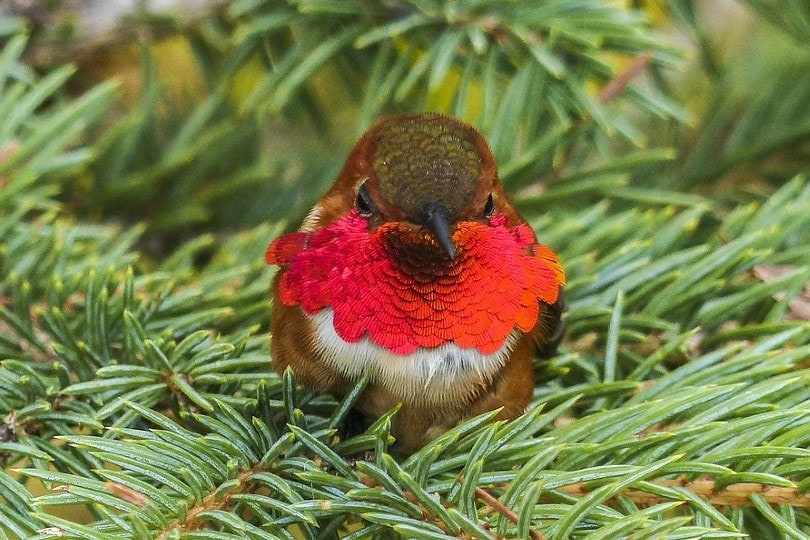
The Allen’s Hummingbird has some of the latest take-off dates. These birds usually start to migrate in early December to eat from the wildflowers on the Oregon and California coasts.
- Related Read: When To Stop Feeding Hummingbirds

Conclusion
Hummingbirds are stunning birds that are small enough that we become genuinely concerned for their well-being. Thankfully, hummingbirds don’t let their size get the best of them and are tough when it comes to survival. Almost all hummingbirds in the United States and Canada move themselves to a warmer location during the winter and return to breed and feast without excess competition. These behavioral patterns are a key to their success and have become something that most birds here in the northern United States do to survive.
- You might also be interested in: 10 Best Flowers for Attracting Hummingbirds (with Pictures)
Featured Image Credit: Frank_DiLorenzo, Pixabay
About the Author Hallie Roddy
Hallie is a proud nature and animal enthusiast and has been for as long as she can remember. She attributes her passion for the environment and all its creatures to her childhood when she was showing horses on weekends and spending her weeknights devoting her attention to her pets. When Hallie isn’t using her degree in English with a writing specialization to spread informative knowledge on pets and animals, you can find her snuggled up on the couch reading books or watching nature documentaries with her own pets.
Related Articles:
How to Clean a Refractor Telescope: Step-by-Step Guide
How to Clean a Telescope Eyepiece: Step-by-Step Guide
How to Clean a Rifle Scope: 8 Expert Tips
Monocular vs Telescope: Differences Explained (With Pictures)
What Is a Monocular Used For? 8 Common Functions
How to Clean a Telescope Mirror: 8 Expert Tips
Brightfield vs Phase Contrast Microscopy: The Differences Explained
SkyCamHD Drone Review: Pros, Cons, FAQ, & Verdict
